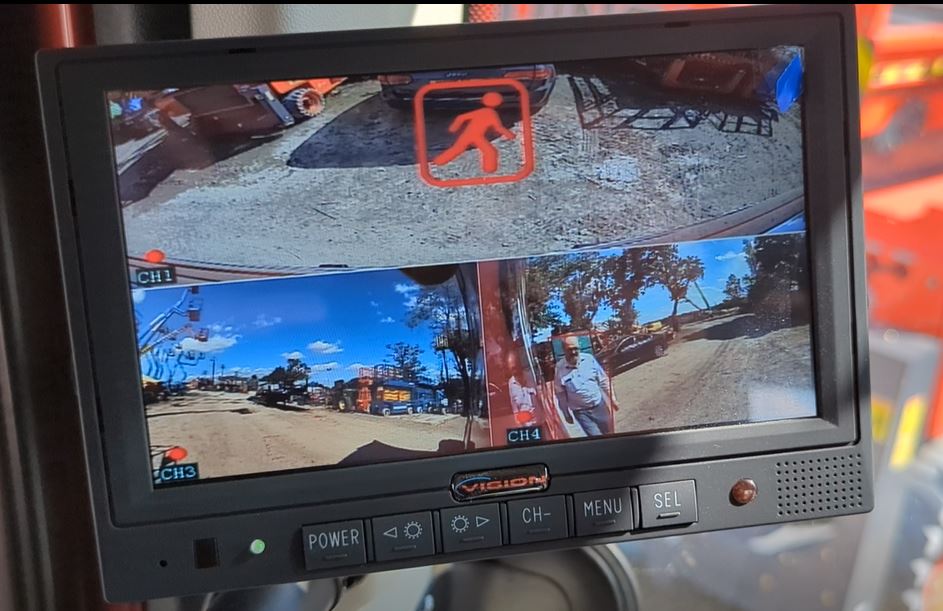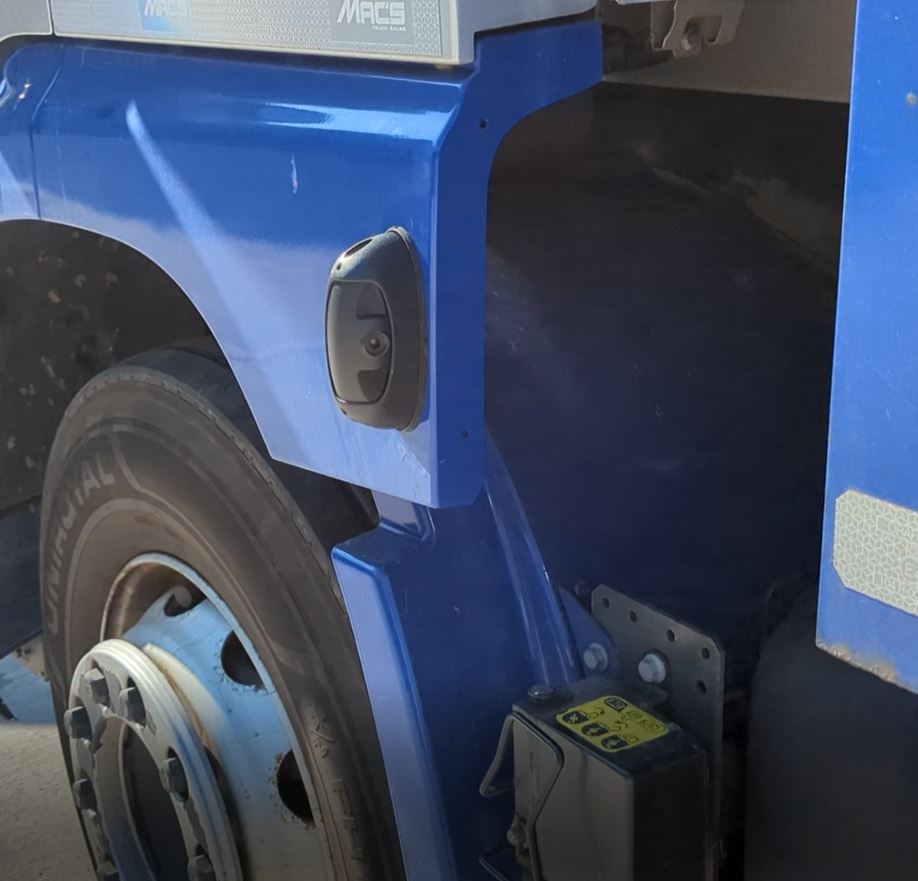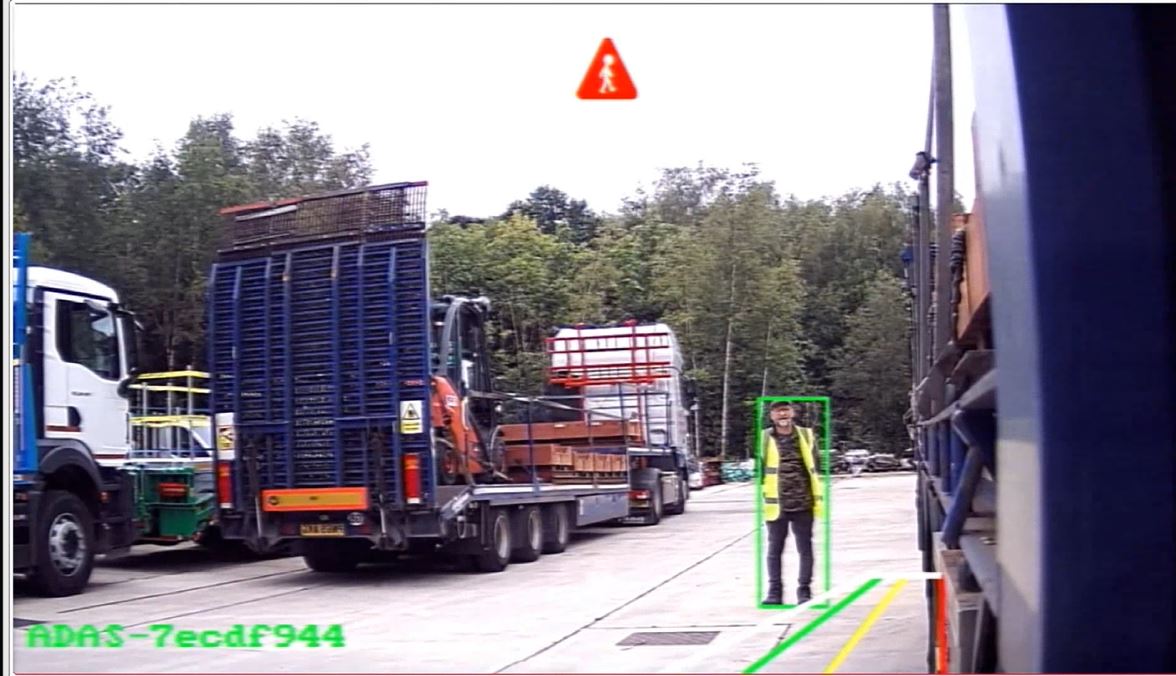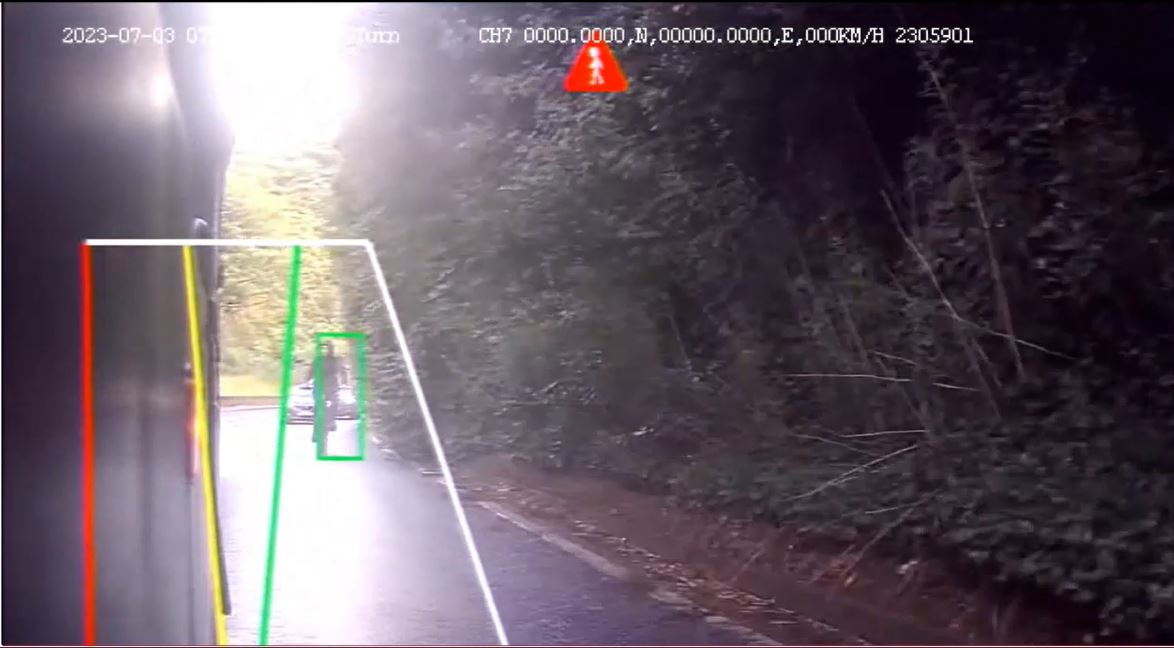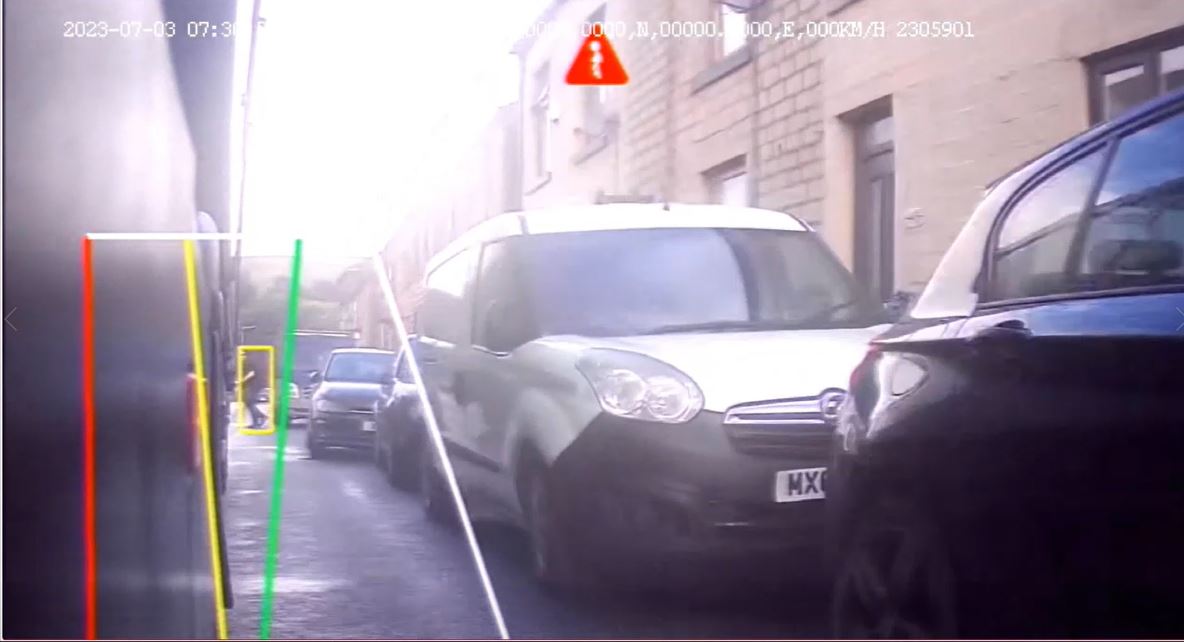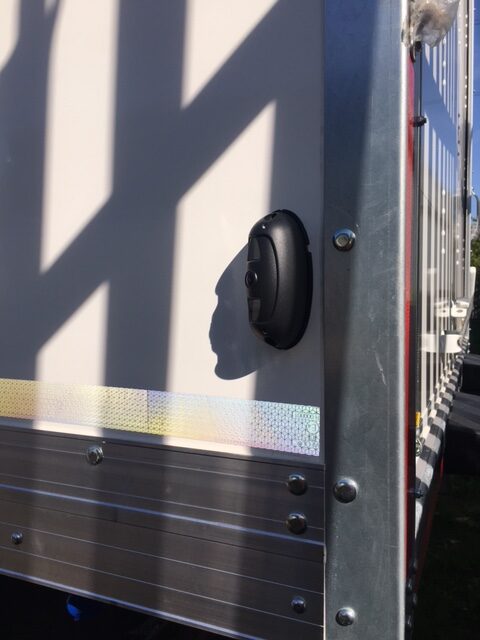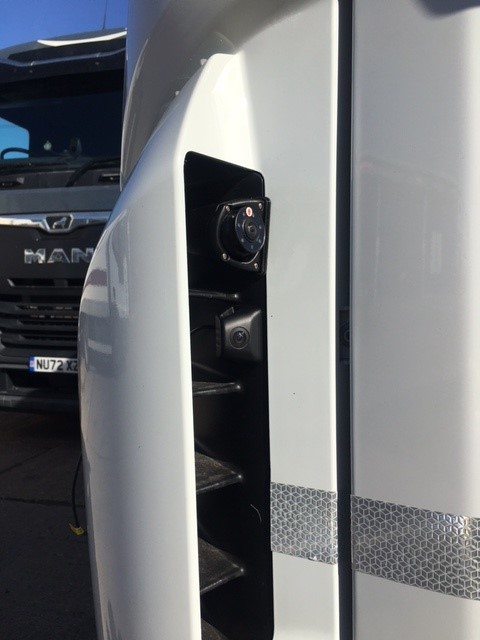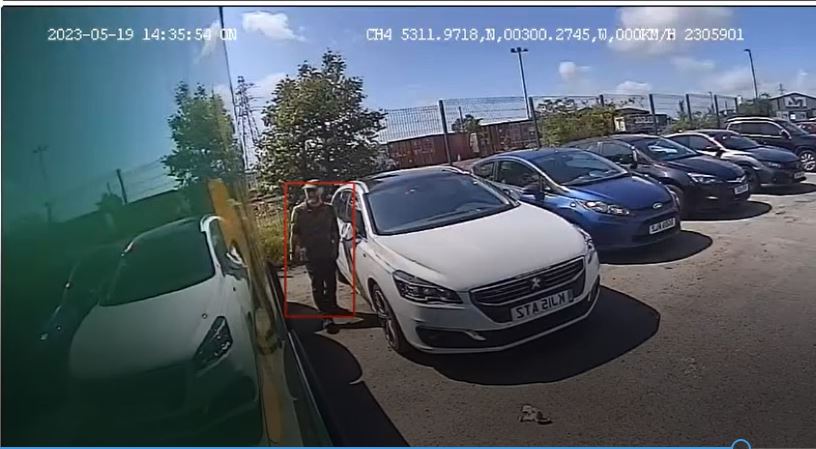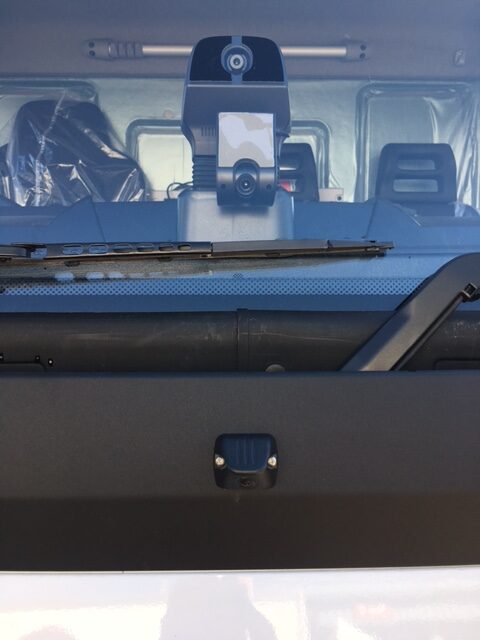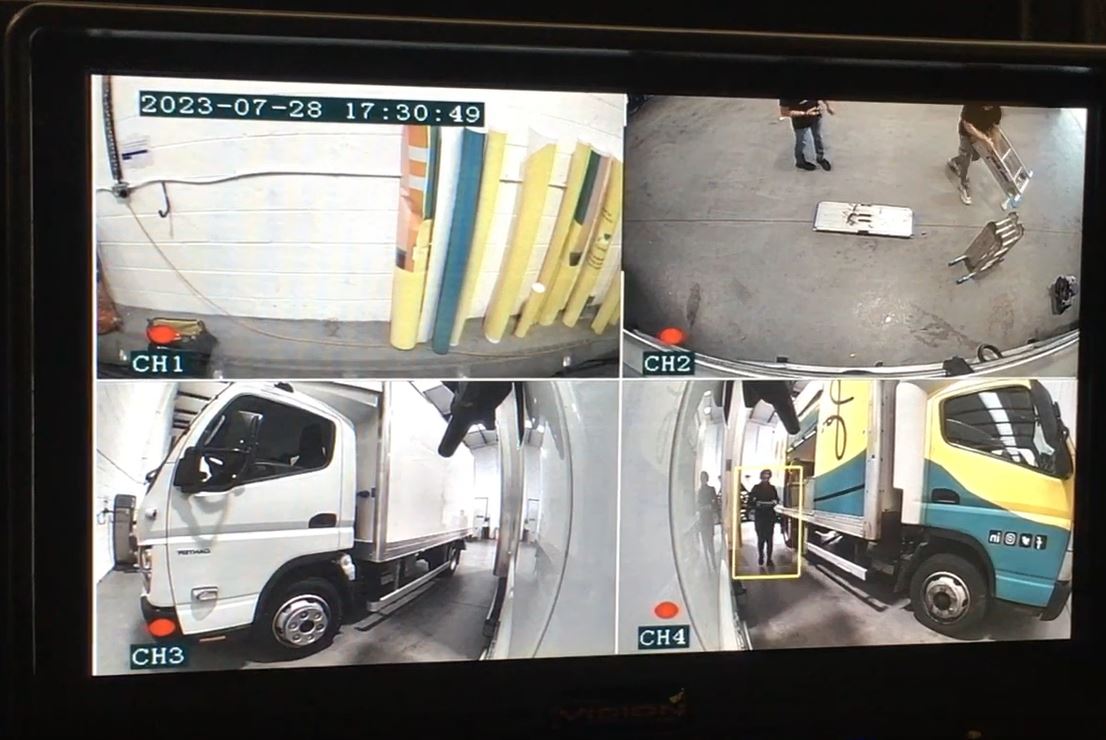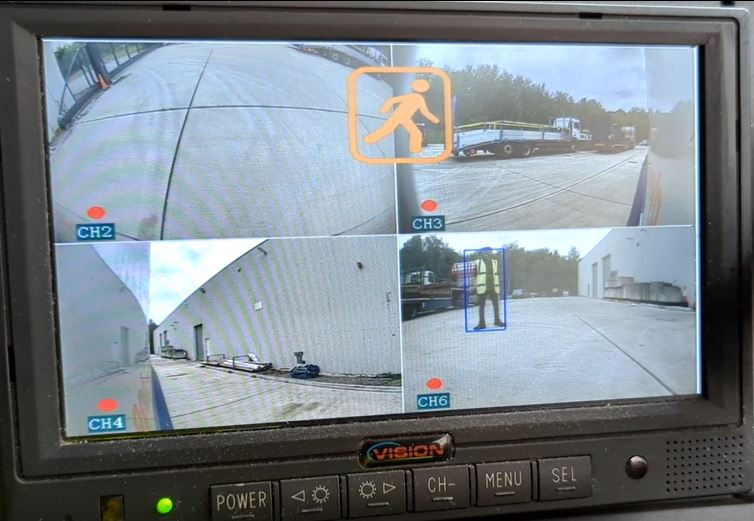On this page we summarise the pro’s and con’s of the different pedestrian detection methods.
For some applications the best solution may be a combination of technologies. For example, using the Pedestrian Detection Camera to detect pedestrians along the length of the vehicle and proximity detection transceivers to cover the area around the camera and front corner of the vehicle.
Ultrasonic Proximity Detection
+ Technology is unaffected by light levels, and by most weather conditions
+ System can be used independently or integrated with a monitor and camera system
+ Pedestrians standing right next to the transceiver head will be detected
– The system will not just detect pedestrians but also other objects within the detection cone of the transceivers (although this is also seen as a benefit by some users)
– Different objects reflect sound waves with varying levels of efficiency, so objects outside the desired detection range can still trigger an alert (false alarm)
– Pedestrians will only be detected within the transceiver’s detection cone, so there can be gaps in coverage between transceivers
– The systems are relatively time consuming to install and requiring wiring to be run along vehicle
Pedestrian Detection Cameras
+ Extremely good pedestrian recognition even under low light and most weather conditions
+ Detects Pedestrians accurately even against a cluttered background
+ Can be used as a stand-alone system or integrated with a monitor and camera system
+ Relatively quick to install with minimal wiring
+ Detects Pedestrians typically up to 30M from camera (depending on camera lens used)
+ There are no gaps in the detection zone
– The camera lens needs to be kept clean for reliable performance
– Direct low sunlight can degrade pedestrian detection capability (but less effected by the sun than conventional mirrors, or direct vision)
– Pedestrian detection capability accuracy is reduced at night where there is no artificial lighting (but can still provide better performance than conventional mirrors, or direct vision)
– Pedestrians standing right up to the camera will not be detected
– False alarms can still occur due to the camera interpreting random shapes as a person, this phenomena occurs most frequently at night
– These cameras are more expensive than standard cameras (they are approximately the same price as a standard camera with ultrasonic pedestrian detection system). However, Installation is much easier, faster and cheaper.
Pedestrian Detection DVR
+ Very good pedestrian recognition under most light and weather conditions
+ Works effectively with standard cameras
+ Relatively quick to install with minimal wiring
+ Detects Pedestrians typically up to 10M from camera (depending on camera lens used)
+ There are no gaps in the detection zone
+ Uses standard cameras (although performance will be improved/ reduced depending on the camera specification)
– Pedestrian recognition capability is not as good as camera with inbuilt pedestrian detection capability
– Camera lens needs to be kept clean for reliable performance
– Direct low sunlight will degrade pedestrian detection capability
– Pedestrians standing right up to the camera will not be recognised
– Pedestrian detection performance greatly reduced at night where there is no artificial lighting
